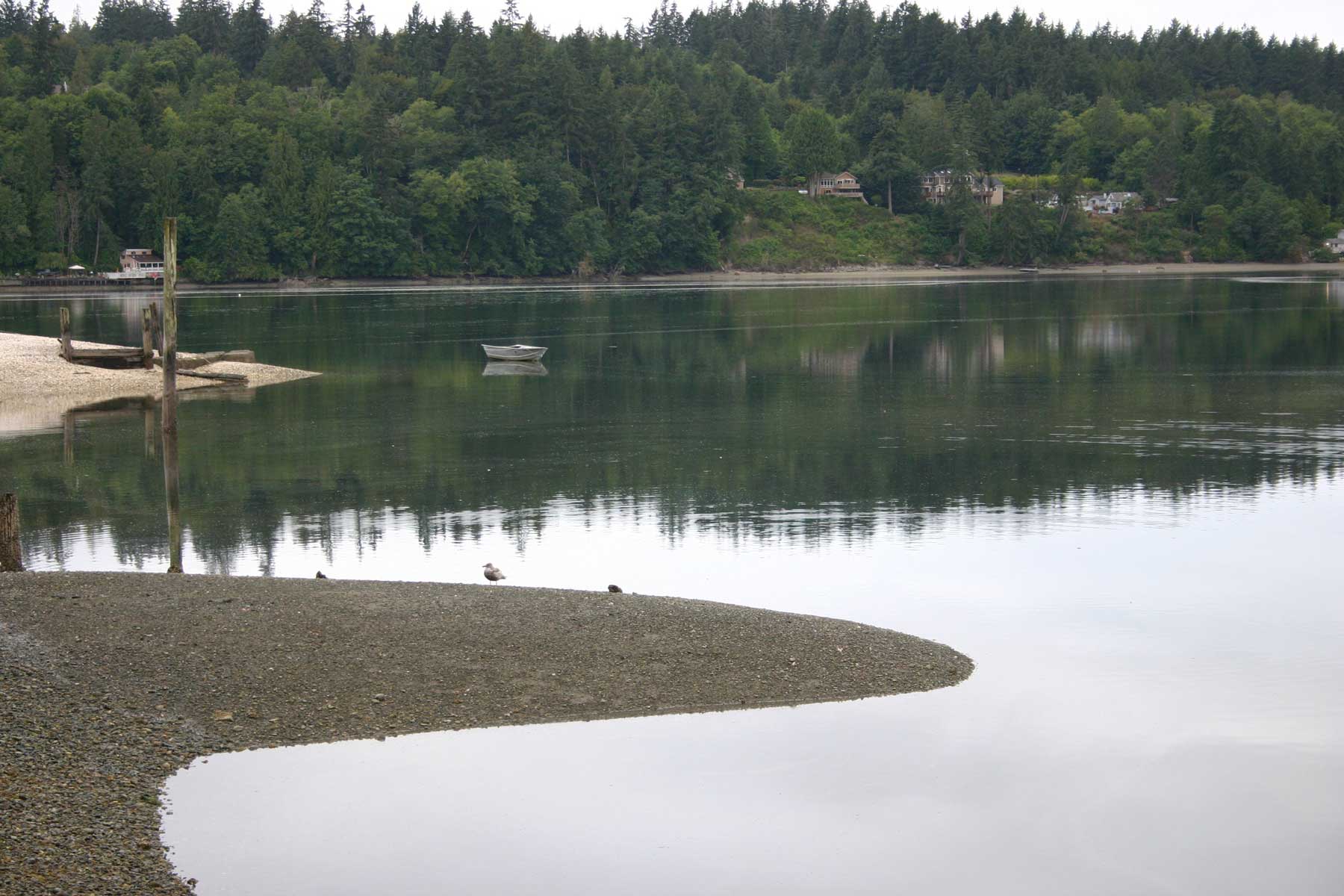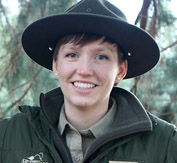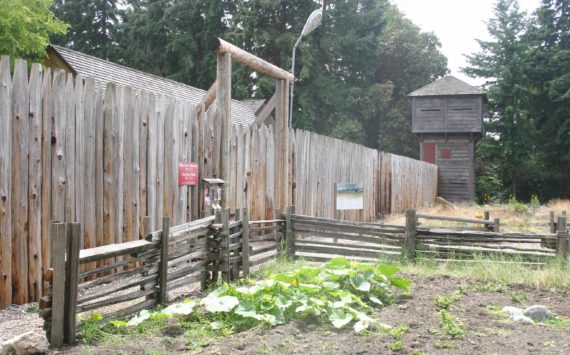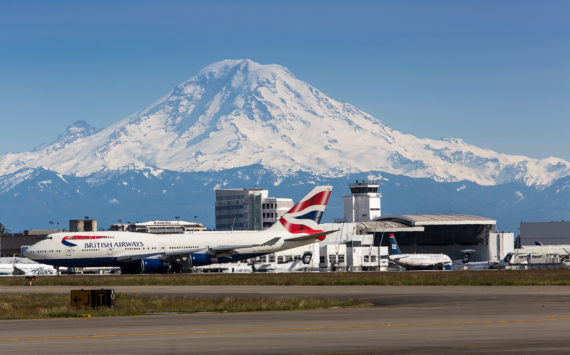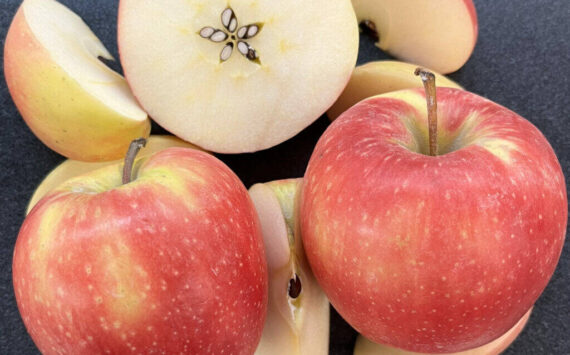By David Guest
Tacoma Daily Index editor
The Pierce County Planning and Land Service Department has issued a Determination of Significance for Taylor Shellfish Farm’s proposed geoduck farm in Burley Lagoon, a step forward in setting the parameters for an environmental impact statement that will be prepared under direction of the county.


In 2014, Taylor Shellfish Farms applied for a permit to convert 25 acres of tidelands near Purdy from clam and oyster production to geoducks, the large native northwest clam that has gained popularity and an especially high market value in Asia. Geoducks are raised in protective plastic mesh or PVC tubes which are embedded into the bottom of the tide flats at a rate of 40,000 to 45,000 per acre.
A public meeting has been scheduled for Tuesday, Oct. 25 at Peninsula High School in Gig Harbor at 6 p.m. The Pierce County planning department is accepting public comment about the scope of the environmental impact statement through Nov. 8. Comments and documents specific to this proposal can be sent by email to Ty Booth, Pierce County planner at tbooth@co.pierce.wa.us or by mail (2401 S. 35th St., Suite 175, Tacoma, WA 98049-7490). Voice messages to 888-998-3946 will be recorded and later transcribed for the record.
“That site is unique compared to other geoduck farms that we have or others that are out there,” said Bill Dewey, director of public affairs for Taylor Shellfish. “It is in a lagoon situation, which is a little different. The size of it (25 acres) is bigger than other geoduck farms so from both of those standpoints, we thought it warranted stepping up and doing the EIS to make sure that we’re not going to have an adverse impact there.”
Opponents of the aquaculture project site the pollution created by the plastic used to protect the clams, and the disruption of native wildlife and sea life as primary reasons why the large-scale geoduck farm should not be permitted. Residents of Burley Lagoon say that current clam and oyster farming have created navigational hazards for recreational boaters who have struck equipment that can be hidden just below the surface by changing tides.
“Long term residents notice the lack of avian species that used to throng here during migration,” said Heather McFarlane whose parents built their home in Burley Lagoon in 1964. “Fewer Canadian geese . . . herons have moved to another new nesting area, and the winter birds I used to have on my beach have not returned.”
“There doesn’t appear to be much for those species to eat in the high tideland zone,” McFarlane continued. “The beaches were ‘cleaned’ to make way for new clam and oyster growing areas and a large array of nets appear to be blocking species from their usual sources of food.”
Taylor Shellfish, which has leased the Burley Lagoon site from Jerry Yakashita since 2012 (Burley Lagoon has been home to commercial oyster and clam harvesting since the 1930s), claims that it is aware of the concerns of Burley Lagoon residents and is seeking to be a good neighbor.
“(There is) potentially an aesthetic impact from the predator protection devices (nets and tubes),” said Dewey. “But we’ve got better at that. We’ve converted a lot of our farms over to mesh tubes that don’t require cover nets. They are black mesh tubes – a lot less visible than pvc pipe. It’s some of the things we’ve been doing all along to mitigate concerns that neighbors raise.”
The county has identified sediments, aquatic vegetation, water quality fish and wildlife, noise, recreation and aesthetics as areas for discussion when putting together the environmental impact statement.
